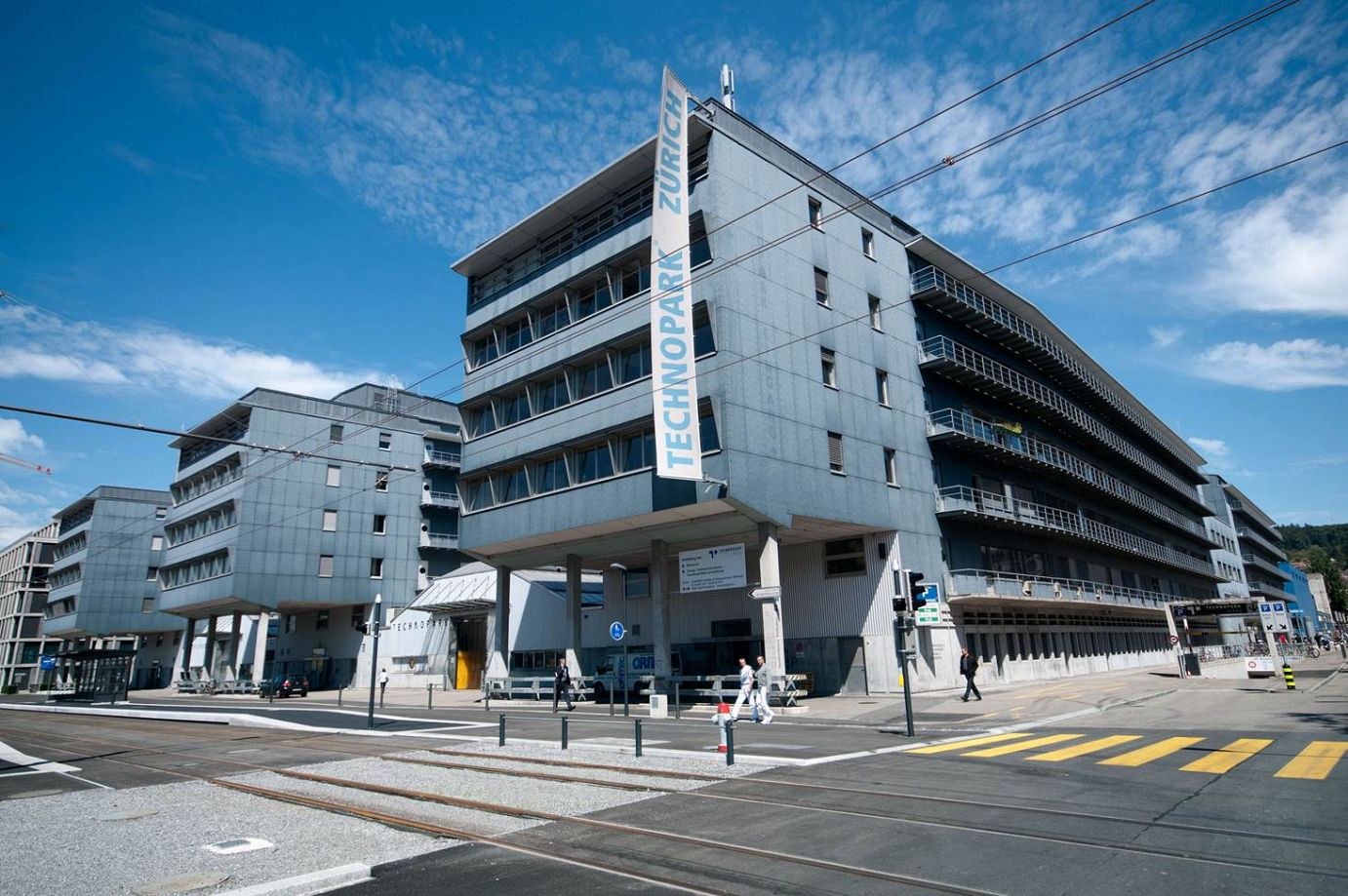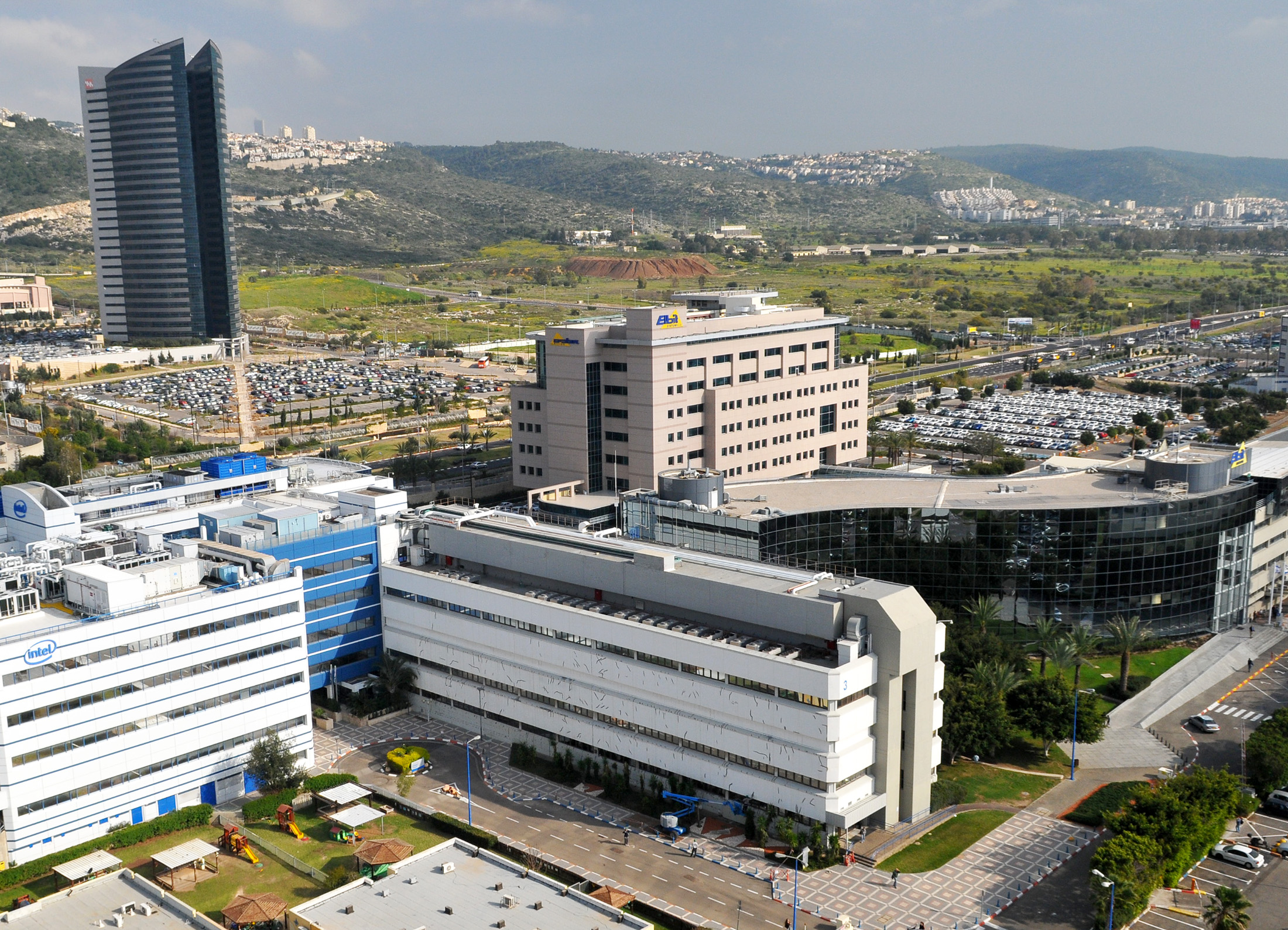Technopark history, typology, especially technology parks in different countries
In the US, science parks have been actively to appear in 80 years. Interesting science parks "Research Triangle" in North Carolina, and "City of Philadelphia Park", Pennsylvania. The first of these is the embodiment of "Parkland" concept, and the second.
The concept of "park in the city center" Now the United States has more than 150 science parks, ranging in size from 150 acres (60 hectares) to 6,500 acres (2600 hectares).
In Europe, science parks appeared in the early 70s. The first were the University Research Park Heriot-Watt, Edinburgh; Science park of Trinity College, Cambridge; Louvain-la-Neuve, Belgium; Sophia Antipolis in Nice, and ZIRST in Grenoble, France. These parks are repeated earlier US model of scientific parks, which feature is the presence of one of the founder and the main type of activity - delivery of ground rent to the owners knowledge-intensive firms.
Just as in the United States, the rapid development of science parks in Europe began only in the 1980s.
One of the features - Science Park has a building designed to accommodate the small firms. The presence of such a building contributes to the formation of small and medium-sized companies, which are collective services. In the 1980s, the idea of a science park quickly moved beyond countries, embodying the "West", as well as countries such as Canada, Singapore and Australia. Science parks were established in Brazil, India, Malaysia, and now and in the countries of the former "Eastern Bloc" - in Eastern Europe, CIS and China. In the world today there are about 400 science parks.
In the Russian Federation, the first industrial parks began to take shape in the early 1990s.
As part of the "first wave" was formed several dozen industrial parks, the vast majority of which ceased to exist in early 2000-ies. This happened due to the absence at the time of the state strategy in the field of creation and development of industrial parks, as well as due to the weak material and financial base of industrial parks, most of which were created in the framework of higher education institutions and were not aimed at profit through the introduction of results of scientific and technical developments.



"The second wave of" creating a Russian technoparks (2006-2015 gg.) Was made possible by a purposeful state policy on the formation of the national innovation system.
In accordance with the concept of long-term socio-economic development of the Russian Federation for the period up to 2020, as well as the strategy of innovative development of the Russian Federation until 2020, sets out priorities of innovative development, including the following:
- better cooperation between business, science, education and government in order to create a competitive scientific and technological groundwork for the introduction of breakthrough innovations;
- increasing innovation activity of existing businesses and the dynamics of the emergence of new innovative companies;
- improving the efficiency and effectiveness of the "conductive" infrastructure for the commercialization of research and development of new technologies.
According to the Association of clusters and technology parks are now in the territory of the Russian Federation and operates 71 industrial park is created, including:
- 12 industrial parks are developed with the support of Ministry of Telecom and Mass Communications of the Russian Federation in the framework of a comprehensive program "Creation of technoparks in the Russian Federation in the sphere of high technologies";
- with the support of Ministry of Economic Development of the Russian Federation in the framework of the subprogram "Development of Small and Medium Enterprises" of the state program of the Russian Federation "Economic development and innovative economy" created 2 Technopark, Technopark and 2 are;
- 1 industrial park developed in the framework of the federal law "On the innovation center" Skolkovo ";
- 6 industrial parks developed in the framework of public tenders of JSC "Rosnano" for the selection of projects of nanotechnology centers in the regions of Russia;
- 3 Technopark develop at higher education institutions supported by the Ministry of Education and Science of the Russian Federation;
- 20 industrial parks developed by regional programs;
- 5 industrial parks developed on PPP conditions;
- 20 industrial parks developed by private owners.